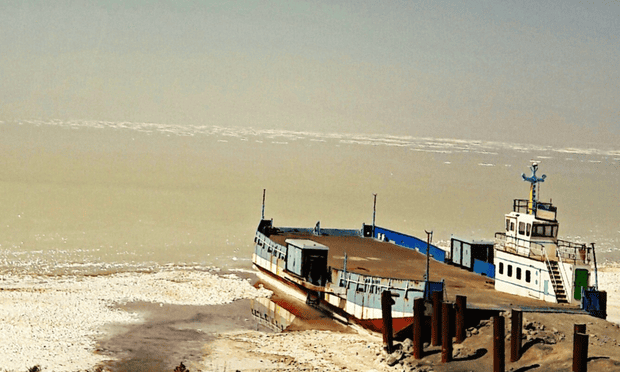Some of the countries leading on climate change might surprise you
Posted on 24 October 2018 by John Abraham
Countries that may not be thought of as climate leaders are emerging at the front-lines on responding to climate change.
One great example is Iran. I have the fortune of performing water-use research with a number of scientists in Iran. And I can assure you they are thinking about, planning, and taking action to reduce the impacts of climate change and ecological destruction.
One example of an Iranian leader is Dr. Mohammad Taghi Sattari who is an Associate Professor of water engineering at the University of Tabriz. He recently wrote a report about an effort in Iran to handle their water availability crises. It probably doesn’t surprise people that Iranians think about water availability; it is a country with limited rainfall. And the concurrence of three issues (water management, growing population, and climate change) make this is particularly challenging problem.
In 2017, the Iranian government released a report from the Strategic Studies Center that showed water availability is viewed as the second-most important national issue. Statistical data from the Iranian government’s Power Ministry and from the World Bank predict that Iran is soon to enter a broad and extensive water crisis. If the crisis is not properly managed, there will be both direct and indirect economic costs, social upheaval, and security consequences.
According to the published data, in 2014, the annual rainfall in Iran averaged 228 mm (less than a foot). This is 1/5th the world-average rainfall. As a country, Iranian’s rainfall put them in the 163rd position. Dr. Sattari believes that even though the amount of rainfall in Iran is very low, proper management could enable it to match the needs of the country.
In an effort to more efficiently use water in Iran, many large dams have been built. These dams have led to an explosion in agricultural production but have also caused unintended consequences for downstream water rights and water availability. The result is that agricultural water has been made so cheap that it is being used in very water-intensive crops. The exported crops are being sold for less money than the water they hold. Simply put, Iran is exporting water via its watermelons.
But there is hope. The president of Iran, Dr. Hassan Rouhani has identified water as the nation’s second-most severe threat. This means that Iran’s government is taking the problem very seriously. The country is developing a people-centered water management system that brings together administrators, economic experts, and politicians to make informed decisions.
Part of the effort is through water education – teaching people how to use water most efficiently. Also, latitude is being given to people to design, adjust, and implement water resource policies. Iran is exploring different water-management technologies that will better handle the intermittent rainfall. I have seen these technologies and have worked with researchers to publish performance results. It is exciting work.
Make no mistake, Iran’s water problem is a real and crises are coming. But the country is devoting the entirety of its national energy to solve the problem.
The area I am particularly interested is Lake Urmia. It is a critically important lake near the Turkish border. Approximately 70% of the surface area of the lake has disappeared; the shores are replaced by beds of salt.

Lake Urmia, Iran. Photograph: Dr. Mohammad Sattari
I spoke to my colleague, Dr. Sattari about his work and he said,































 Arguments
Arguments






























One thing is Iran is on the Persian Gulf, so as a last resort desalinisation would be an option. The inland ex soviet block countries adjacent to Iran probably have the bleakest future.